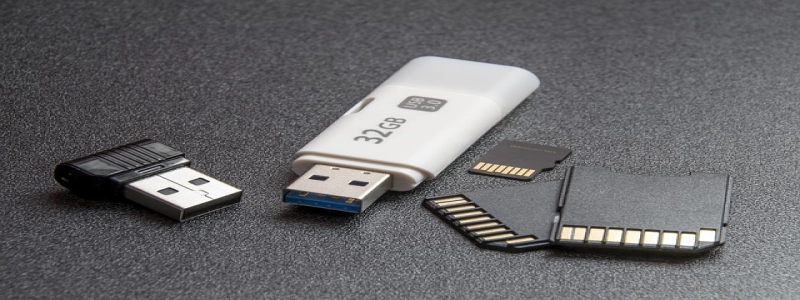Fiber Optic Ethernet Cables
1. Sissejuhatus
1.1 What are Fiber Optic Ethernet Cables?
Fiber optic Ethernet cables are high-speed networking cables that use optical fibers instead of traditional copper wires to transmit data. These cables are designed to provide faster and more reliable internet connectivity for various applications, such as home networks, office networks, and data centers.
1.2 How do Fiber Optic Ethernet Cables Work?
Unlike copper-based Ethernet cables, which transmit data using electrical signals, fiber optic Ethernet cables utilize pulses of light to transmit data over long distances. These cables consist of a bundle of thin glass or plastic fibers, each capable of carrying large amounts of data. The data signals are converted into light signals using a transmitter, which are then transmitted through the fiber optic cables. Vastuvõtvas otsas, the light signals are converted back into data signals using a receiver.
2. Advantages of Fiber Optic Ethernet Cables
2.1 Kiire ühenduvus
Fiber optic Ethernet cables offer significantly faster data transmission speeds compared to traditional copper cables. With speeds ranging from 1 Gigabit per second (Gbps) juurde 100 Gigabitti sekundis (100 Gbps), these cables provide instantaneous data transfer for demanding applications and large file transfers.
2.2 Enhanced Reliability
Due to their unique composition and transmission method, fiber optic Ethernet cables are highly resistant to electromagnetic interference, such as interference from power lines or other cables. This enables them to provide a stable and reliable internet connection even in challenging environments, such as industrial settings.
2.3 Longer Transmission Distance
Fiber optic Ethernet cables can transmit data over much longer distances compared to copper cables. While copper cables experience signal degradation and loss over longer distances, fiber optic cables can transmit data for tens or even hundreds of kilometers without any significant signal loss.
3. Applications of Fiber Optic Ethernet Cables
3.1 Home Networks
Fiber optic Ethernet cables are increasingly being used in home networks to provide high-speed internet access to multiple devices. These cables offer seamless streaming of HD video content, võrgumängud, and fast downloads, ensuring an excellent user experience for home users.
3.2 Office Networks
For businesses, fiber optic Ethernet cables offer reliable and high-performance networking solutions. They facilitate fast and secure data transfer, enabling efficient communication and collaboration among employees. Lisaks, fiber optic cables can support multiple network devices, such as routers, lülitid, ja serverid, making them ideal for office networks.
3.3 Andmekeskused
Data centers require high-speed and reliable connections to handle large volumes of data. Fiber optic Ethernet cables provide the necessary bandwidth and robustness to support the demanding requirements of data center operations, ensuring efficient data storage, processing, and distribution.
4. Järeldus
Fiber optic Ethernet cables are an essential component of modern networking infrastructure. With their high-speed connectivity, suurenenud töökindlus, and longer transmission distance, these cables are revolutionizing the way we connect and communicate. From home networks to office networks and data centers, fiber optic Ethernet cables provide the backbone for efficient and seamless data transmission in today’s digital age.








